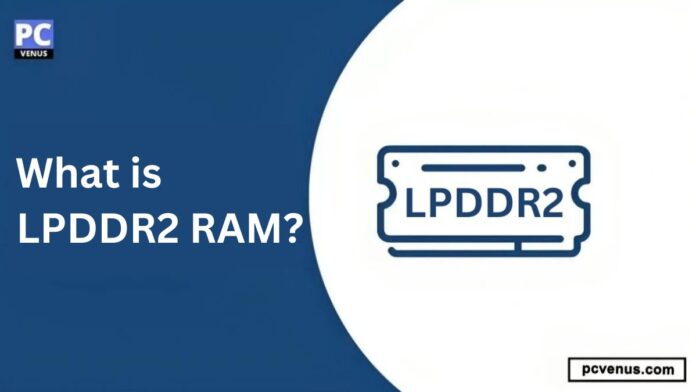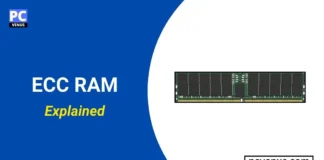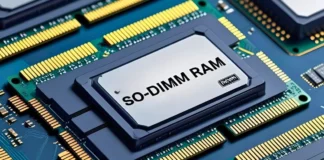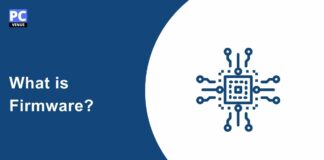Nowadays, battery life is important for all devices, especially for portable ones; it is crucial to have a long battery life. That’s why LPDDR2 RAM was launched to meet the growing need for high performance and energy efficiency in portable devices such as mobiles, tablets, and ultra-portable notebooks, as it outperforms its previous generation, LPDDR1 RAM, and consumes much less power.
LPDDR2 RAM operates at a lower voltage than LPDDR1 RAM, thus reducing power consumption.
Additionally, it offers higher bandwidth compared to LPDDR1, resulting in faster data transfer speeds. This RAM incorporates numerous technological upgrades, including improved signal integrity and reduced interference, further enhancing its reliability. Manufacturers and designers of mobile, tablet, and portable devices swiftly embraced LPDDR2 RAM due to these advantages.
In this article, we will discuss its power whether LPDDR2 is better than LPDDR1 RAM or not, and everything about it.
What is LPDDR2 RAM?
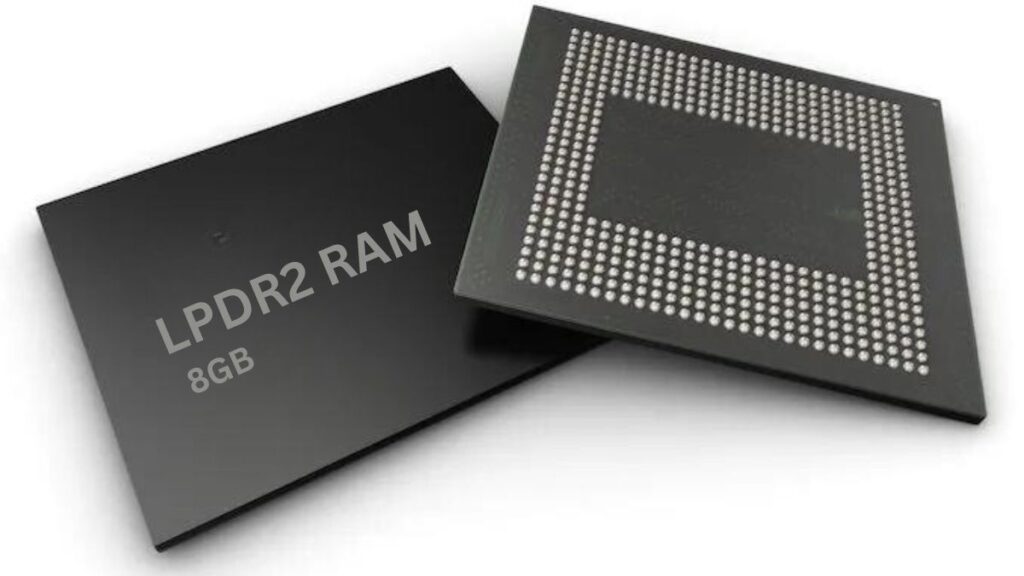
LPDDR2 RAM or Low Power Double Data Rated 2 Dynamic Random-Access Memory is a temporary memory used in portable devices such as mobiles, tablets, and notebooks. It was launched in 2009 following the success of LPDDR1 RAM.
LPDDR2 is designed to provide high performance and a balance between power plants. It works at a lower voltage than LPDDR 1 RAM and also transfers data faster than LPDDR1. It uses double the data rate to transfer data, allowing data to be shared on both the rising and falling edges of the clock signal.
Advantages of LPDDR2 RAM
Better battery life
LPDDR2 is designed to consume less power than LPDDR1, making it the standard memory for portable devices such as mobiles, tablets, and ultraportable laptops. It operates at a low supply voltage (typically 1.2V), resulting in longer battery life for portable devices.
Higher Data Transfer Speed
LPDDR2 RAM comes with better bandwidth than all the older memories due to which it transfers data faster than all other RAMs. It transfers data on both the rising and falling edges of the clock signal, providing fast data transfer between the CPU and memory.
Its high data transfer rate makes it ideal for high-definition video playback, gaming with complex graphics, and other bandwidth-intensive applications. There is no problem in performing intensive tasks.
Better Thermal Management
LPDDR2 consumes less power, producing less heat than other RAM types. Its low heat generation ensures that the device remains consistently cool, resulting in an increased lifespan of the device. Unlike other RAM devices, LPDDR2 RAM does not require complex cooling solutions to maintain optimal operating temperatures.
Compact Form Factor
Its compact size ensures minimal physical space consumption within any device, seamlessly integrating into portable devices without compromising their portability. The presence of this RAM does not affect the portability of the device. Its small form factor facilitates seamless integration into thin and light devices, ensuring that the weight of the device remains unaffected.
Compatibility and Advanced Features
LPDDR2 RAM has come with a lot of new features compared to its previous generation, like low battery consumption, very low heat generation, very fast data transfer, deep power-down mode, and high bandwidth. All these new features enhance overall system stability.
LPDDR2 RAM remains widely used in mobile devices even though it isn’t compatible with standard DDR1 or DDR2 SDRAM. Compatibility between RAM and motherboard is crucial for optimal device performance. In other words, incompatible RAM and motherboard will hinder performance, but LPDDR2 RAM delivers full performance despite the lack of compatibility.
LPDDR2 vs LPDDR2X vs DDR2 vs LPDDR1 vs LPDDR3
| Feature | LPDDR2 | LPDDR2X | DDR2 | LPDDR1 | LPDDR3 |
|---|---|---|---|---|---|
| Purpose | Mobile devices, low-power systems | Mobile devices, low-power systems | Desktops, laptops, low-power systems | Mobile devices, low-power systems | Mobile devices, ultrabooks, low-power systems |
| Data Rate | Up to 1066 Mbps | Up to 1066 Mbps | Up to 800 Mbps | Up to 400 Mbps | Up to 2133 Mbps |
| Bandwidth | Up to 8.5 GB/s | Up to 8.5 GB/s | Up to 6.4 GB/s | Up to 3.2 GB/s | Up to 17 GB/s |
| Operating Frequency | Up to 533 MHz | Up to 533 MHz | Up to 400 MHz | Up to 200 MHz | Up to 1066 MHz |
| Voltage Modes | Single voltage (1.8V) | Single voltage (1.8V) | Single voltage (1.8V) | Single voltage (2.5V) | Single voltage (1.35V) |
| Channels | 2x 64-bit channels | 2x 64-bit channels | 2x 64-bit channels | 2x 64-bit channels | 2x 64-bit channels |
| Burst Length | 4 (per channel) | 4 (per channel) | 4 (per channel) | 2 (per channel) | 8 (per channel) |
| Prefetch | 4n (per channel) | 4n (per channel) | 4n (per channel) | 2n (per channel) | 8n (per channel) |
| Banks | 4 (standard bank structure) | 4 (standard bank structure) | 4 (standard bank structure) | 4 (standard bank structure) | 8 (standard bank structure) |
| Memory Densities | Up to 4GB per channel | Up to 4GB per channel | Up to 8GB | Up to 2GB per channel | Up to 8GB per channel |
| Error Correction | On-die ECC | On-die ECC | External ECC chip or integrated in memory controller | No ECC | On-die ECC |
| Form Factor | DIMM modules | DIMM modules | DIMM modules | DIMM modules | Smaller form factor, typically BGA packages |
| Release Date | August 2003 | August 2003 | August 2003 | June 2000 | June 2007 |
What to consider when choosing LPDDR2 RAM?
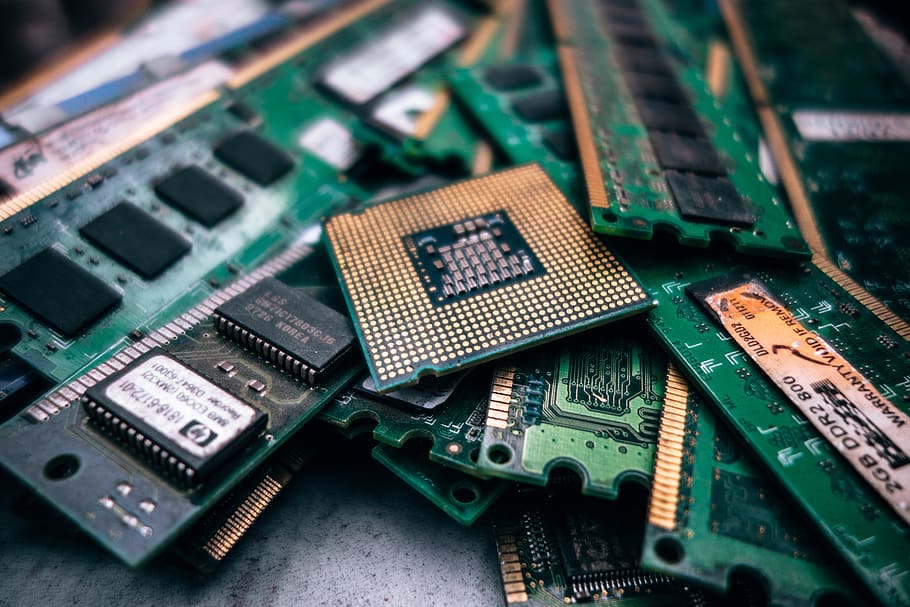
Budget:
Before purchasing any memory, it is important to determine your budget, as what may seem affordable or expensive may vary depending on personal financial constraints. Additionally, assess your specific job requirements; If your tasks do not require heavy processing, it may not be necessary to invest a significant amount of money.
However, for intensive work like multitasking or video editing, allocating additional money may be unavoidable. In such cases, it becomes imperative to prioritize performance over budget.
Although LPDDR2 RAM enables such tasks to be executed seamlessly, it is a bit expensive. Therefore, you may need to adjust your budget accordingly to accommodate its benefits.
Speed:
While buying RAM, give priority to checking its speed. LPDDR2 RAM offers higher speeds than its predecessors. With increased bandwidth compared to previous generations, this RAM communicates more quickly with the CPU, and speeds up data retrieval and transmission, resulting in increased overall system performance.
Energy Efficiency:
Check the energy efficiency of RAM, as it affects the battery life of your device. If you do not choose RAM with better energy efficiency, the battery life of your device will be reduced. LPDDR2 RAM offers better energy efficiency, which contributes to the longer battery life of the device.
Compatibility:
Check the compatibility of RAM with the motherboard of your device because if your device is not compatible with the RAM you have purchased, then you will not get the benefit of the full capacity of the memory. While LPDDR2 RAM is not compatible with its successor, it does not affect the performance of the device. Still, you should choose RAM that supports your device well.
Brand Reputation:
Check the brand and quality because the RAM of a good brand will give you good performance and will last longer. Nowadays, many companies make RAM in the market, but not all of them have good RAM, which is why, first of all, find out which company’s RAM is good.
Final Words
LPDDR2 RAM is a huge improvement in-memory technology for mobile computing devices. It contributes to better performance of mobiles, tablets, and portables. It consumes less power but does not compromise on performance.
LPDDR2 RAM performs better while consuming less power. It is great for mobiles, tablets, and portable devices due to its superior energy efficiency. Due to its compact form factor, there is no need for much physical space in the device to install it. It can be easily integrated into even the smallest devices.
Also Read
- Best 8GB RAM Laptops
- What is LPDDR4 RAM: Everything You Need to Know
- What is LPDDR5 RAM: Everything You Need to Know
FAQs
What does LPDDR2 RAM stand for?
LPDDR2 RAM stands for Low Power Double Data Rate 2 Random Access Memory. It is a type of mobile DRAM designed specifically for low-power applications, such as laptops, smartphones, tablets, and other portable devices. The “low power” aspect of LPDDR2 RAM helps extend battery life in mobile devices, while the “double data rate” feature allows for faster data transfer rates compared to previous generations.
Can LPDDR2 RAM be upgraded or replaced?
Generally, you cannot replace or repair LPDDR2 RAM in phones, tablets, or laptops. This is because it is attached to the main circuit board when they make it, so it cannot be removed or replaced by regular users. But in some computers, RAM is housed in a socket, which means it can be taken out and replaced if the computer supports it and you find the right type of RAM.
Is LPDDR2 RAM backward compatible with older LPDDR generations?
No, LPDDR2 RAM is not backward compatible with older LPDDR generations, such as LPDDR or LPDDR1, nor is it forward compatible with newer generations such as LPDDR3, LPDDR4, or LPDDR5.
Each generation has different specifications, voltages, and signaling rates, making them incompatible with other generations. When upgrading or replacing RAM, it is important to use the correct RAM type and generation specified by the manufacturer to ensure compatibility and proper system functioning.
